The stunning space opera of Foundation returns for more unpredictable sci-fi
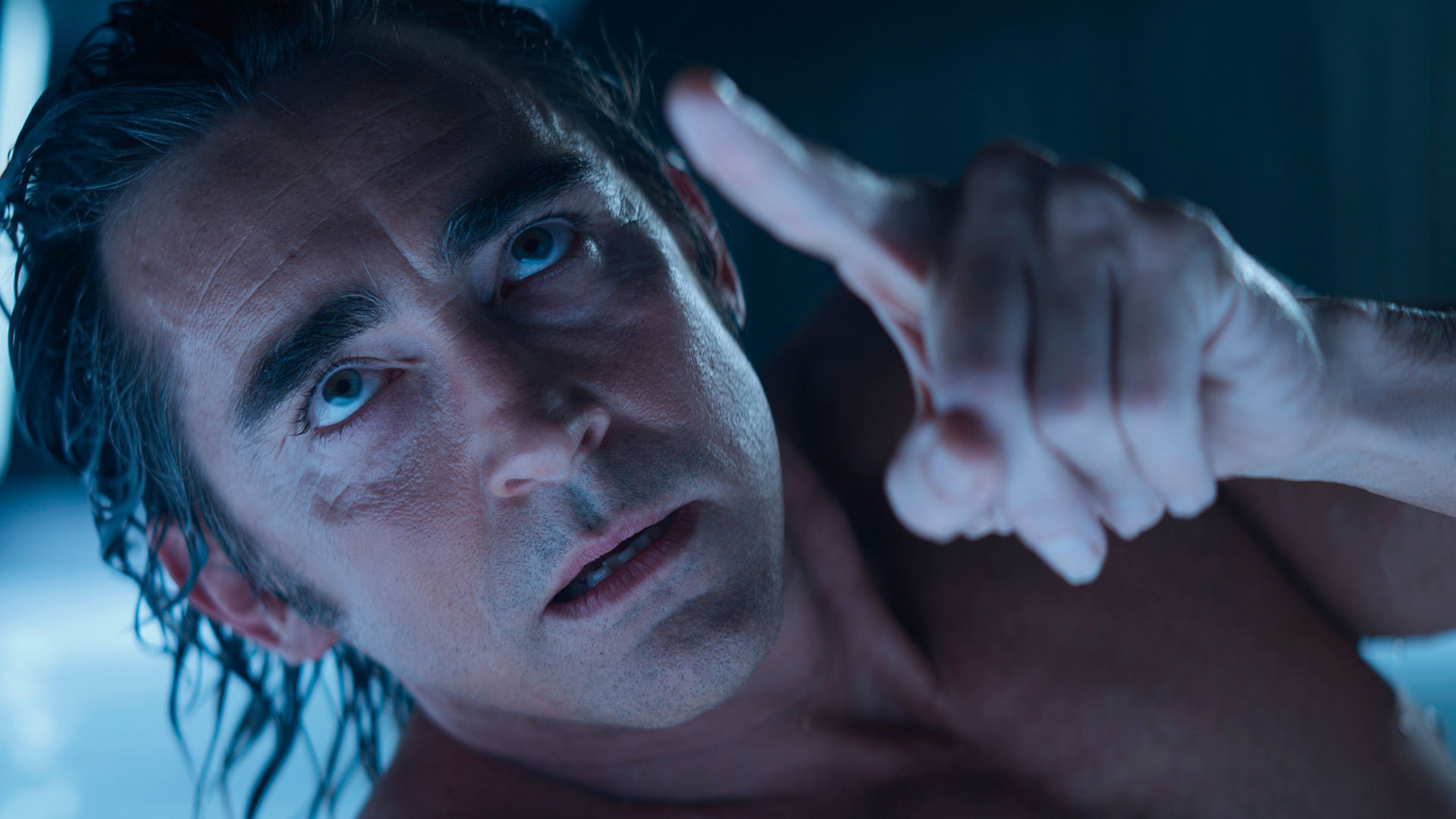
Isaac Asimov’s beloved sci-fi novels are back on screen with the return of Foundation for season two. With exceptional world-building established in its first season, this show can finally become what it is meant to be, writes James Nokise.
When Apple TV’s Foundation premiered in 2021, it was arguably the biggest sci-fi television event of the past decade. Not since the revered Battlestar Galactica had sci-fi fans been treated to a tale of such grand scope. After all, this was to be a series based on the legendary set of books by Issac Asimov, one of the “Big Three” of science fiction writers.
In many ways it lived up to the hype. Foundation is visually stunning, possibly the most breathtaking series available on the small screen that doesn’t involve David Attenborough. In fact, all that Apple money means its shows up most modern films as well. It also means the production can afford some truly remarkable actors.
Embodying the two clashing powers at play are Jared Harris (Chernobyl, Fringe, Mad Men) as Dr Hari Seldon, and Lee Pace (The Hobbit trilogy, Guardians of the Galaxy) as one of Emperor Cleon I dynastic clones, Brother Day.
Anyone familiar with Harris’ work will understand how amazing he is as Seldon, the mathematician whose calculations show an inevitable end for the Galactic Empire, but also a way to lesson the impact of that cataclysm on humanity as a whole. Harris switches from driven academic to vulnerable father-figure to Stats Gandalf seamlessly; becoming all the different parts that Hari Seldon must be to out myth-make an Empire.

Objectively, the term Psychohistory is a little bit silly, or possibly a lot silly. Harris though, espouses it with so much gravitas and conviction that you may find yourself wondering if Asimov invented the term or if it is an actual science. Truly, Jared Harris could probably record an audio book of The Hungry Hungry Caterpillar that would have children and adults terrified Caterpillars were coming for us all.
Pace, meanwhile, has taken everything he learned playing King Tharanduil and ramped it up to 11. His role as Brother Day, the prime of the three ruling Cleon clones, gets the extra challenge of having to embody several variations across different time periods with different (and not always linear) senses of self awareness.
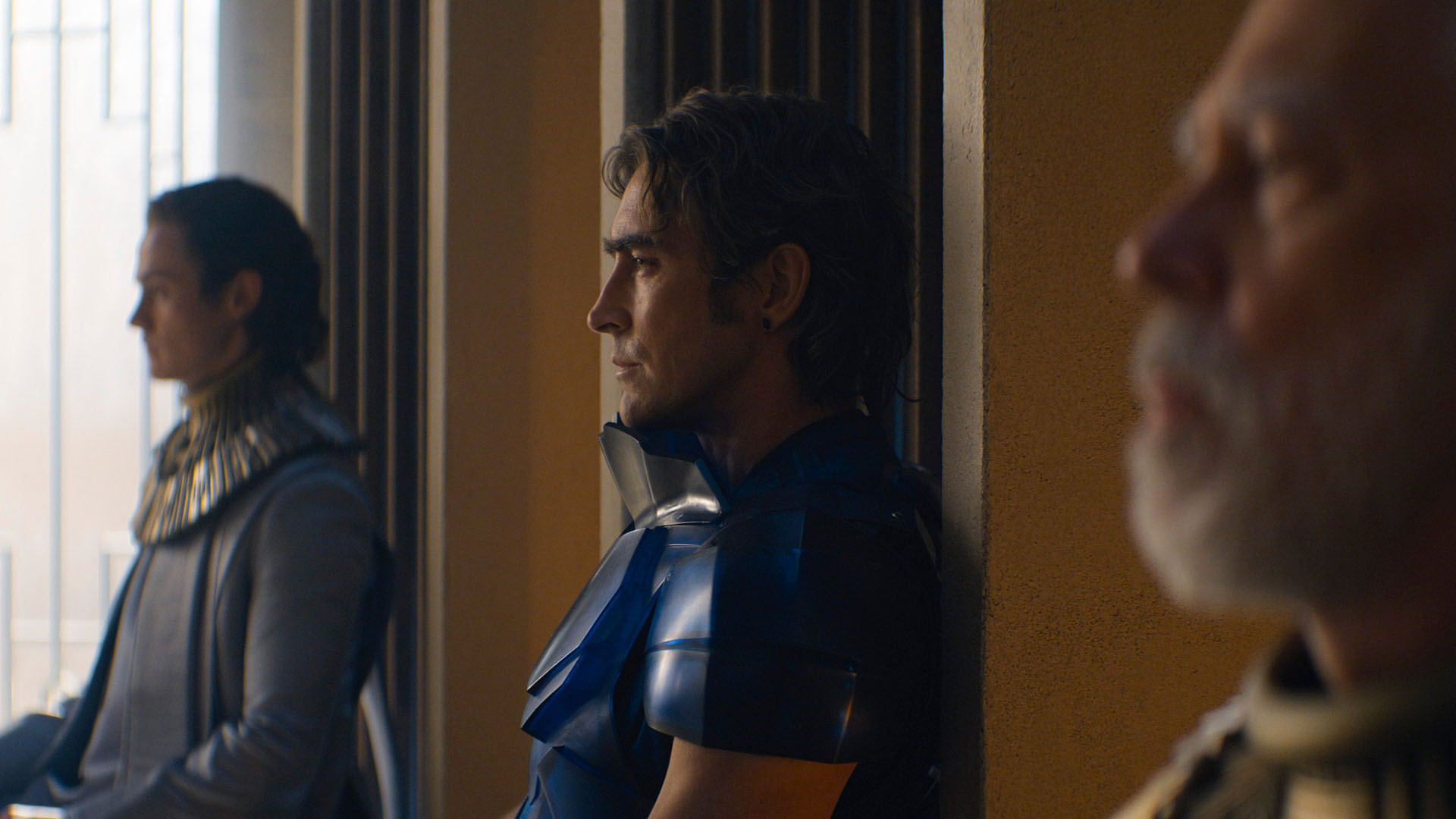
Along with younger “brother” Dawn (newcomer Cassian Bilton) and older “brother” Dusk (Terrance Mann, Sense8), the triumvirate is joined in their continued rule by their seemingly eternal majordomo/guardian, Eto Demerzel (Finnish star Laura Birn, The Innocents) who is slowly stealing the entire show.
The four characters represent the core of one third of Foundation’s focus, that of the dying Empire. Seldon and his unique “family” of Raych Foss (Alfred Enoch, the Harry Potter films) and outcast genius Gaal Dornick (newcomer Lou Llobell) represent the viewpoints of the unexpected “revolutionaries” trying to steer humanity to a better future. Dornick also serves as the show’s main narrator.
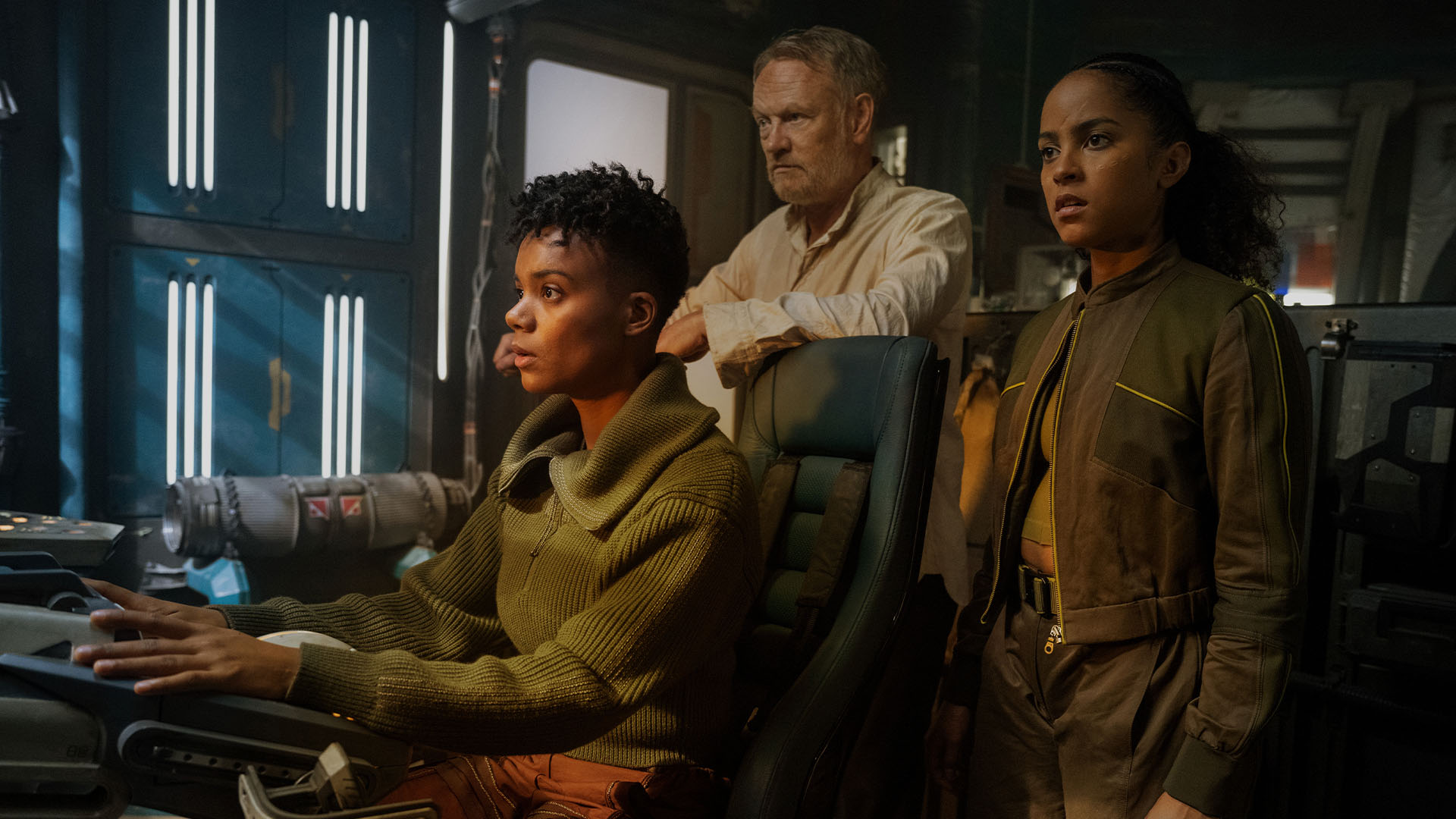
The final viewpoint is that of the Foundation itself, and none more than Salvor Hardin (Leah Harvey, Fighting with My Family) who provides the main audience insight into what being caught between an Emperor and a Prophet feels like.
Both Llobell and Harvey established themselves in the first season as the emotional heart of the show which, along with the other strong performances from the core cast is probably why creator David S. Goyer (Blade, Batman Begins) decided to keep them around and develop them for season two, despite that not being a part of the source material.
In fact, differentiating itself from Asimov’s books seemed to be a running theme in season one of Foundation. While the first few episodes could definitely wear the “based on the novels by…” label, by the end of the season it was fairer to consider things more “inspired by”. Asimov, for instance, never had cloned emperors in the books, which were heavily influenced by the historical fall of Rome.

As season two kicks off, Foundation book fans might do better to think of this adaptation now as “David S. Goyers’ Issac Asimov’s Foundation”, and that is not necessarily a bad thing.
It is entirely possible that the text of Foundation and the medium of television are never meant to go together. Asimov always presented the Foundation’s growth and the Empire’s collapse as being more important to exploring humanity’s development than individual characters. That doesn’t really work for a TV series when you’re trying to maintain anything close to a narrative engagement. However, the ideas within Asimov’s books, his characters, and their journeys, with a little bit of steering and some imaginative interpretations, does make for great space opera.
Goyer has his own sci-fi chops that don’t just involve superheroes, having scripted the 90s cult film Dark City (which still holds up today). Also, don’t forget that part of Asimov’s reverence comes from the fact he wrote Foundation in the early 1940s. As an audience, our comprehension of what a scientifically advanced Galactic Empire would look like has changed a lot since then.
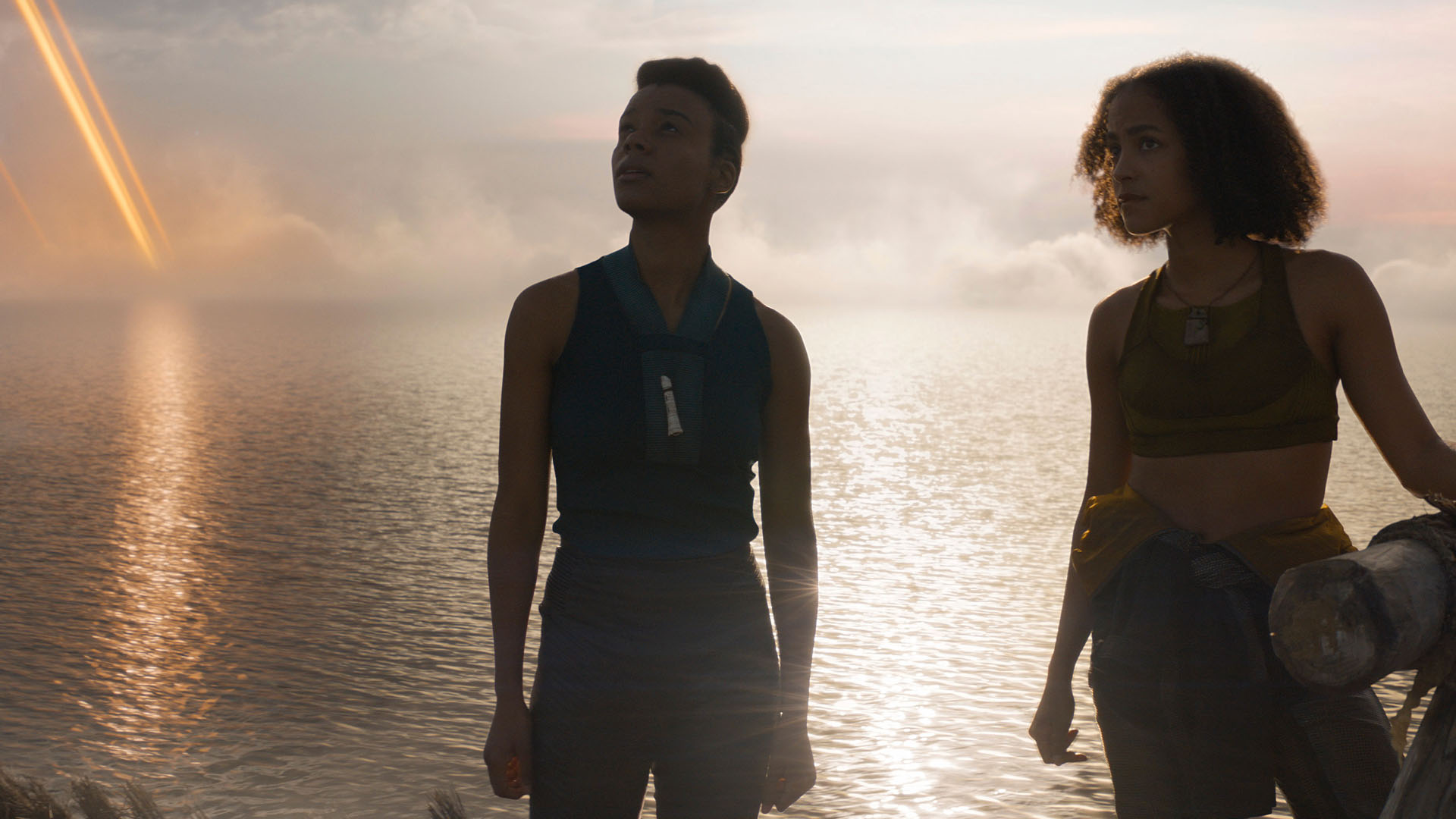
The first season felt like a re-alignment from the Asimov universe to the Goyer Universe. With that journey done, the second season is able to flow a bit more freely in terms of its storytelling. The majority of events take place during the singular timeline of the second “Seldon Crises”.
With its exceptional world-building finally established (the most complete since Netflix’s Altered Carbon, whose cloned uber-rich tyrants crawled so that the Cleon trinity could run) this show can finally become what it is meant to be; Foundation the TV series.
The books mention 10 Seldon Crises, some of which are barely described, which creates tantalising possibilities for several more seasons. Considering what creative choices have already been made, it would be amazing to see what happens if the show manages to get to the narratives of Foundation and Earth.
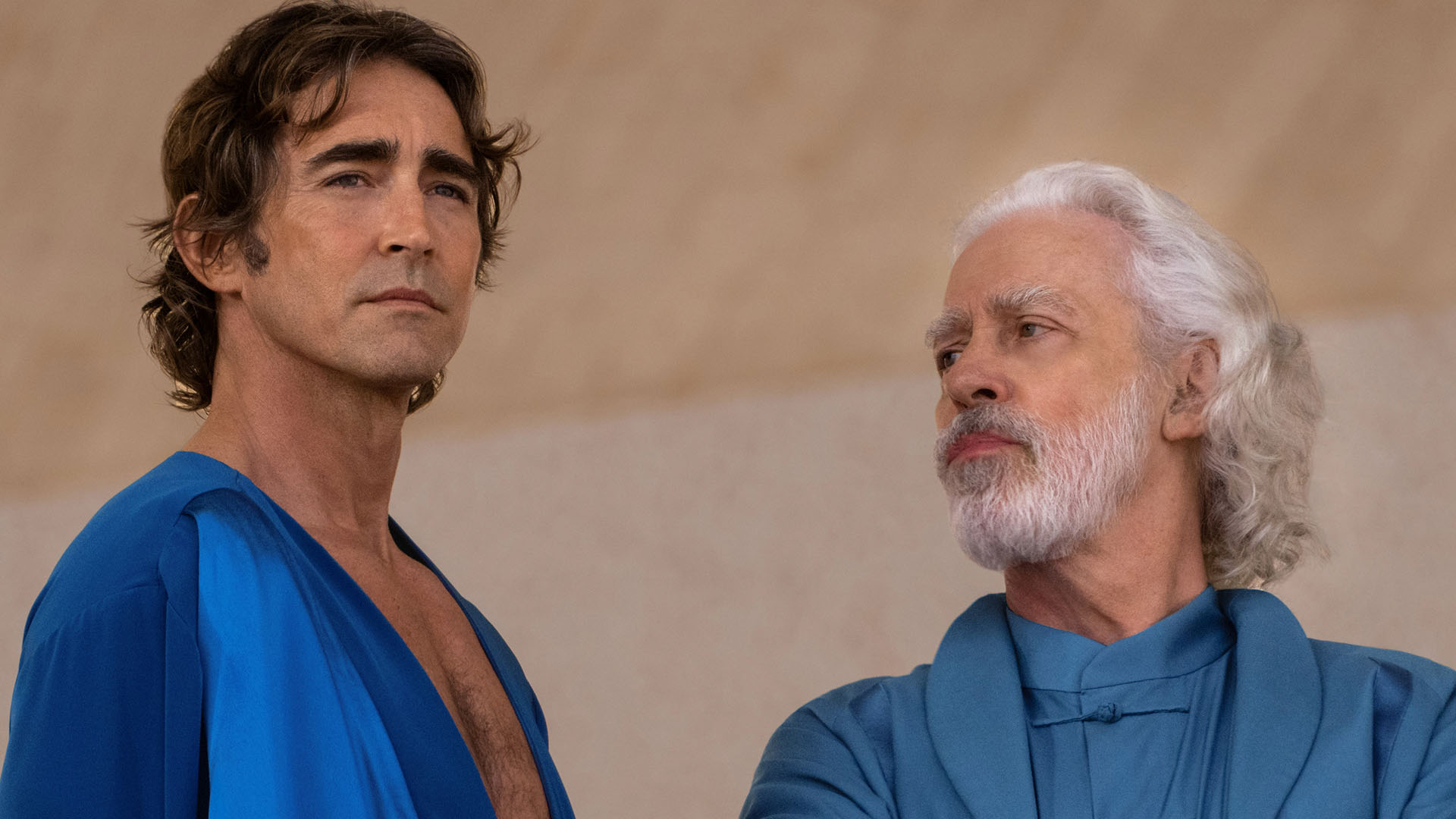
Season two introduces some compelling iterations of characters who will be familiar to Asimov fans, while also providing subtle (and not so subtle) acknowledgements of how the creative changes have affected the story, and how these will be addressed moving forward.
Still, that’s part of the wonder of this new interpretation; trying to figure out where things will go next. It is a thrill that can be equally shared now by those familiar and unfamiliar with Asimov’s work.


















